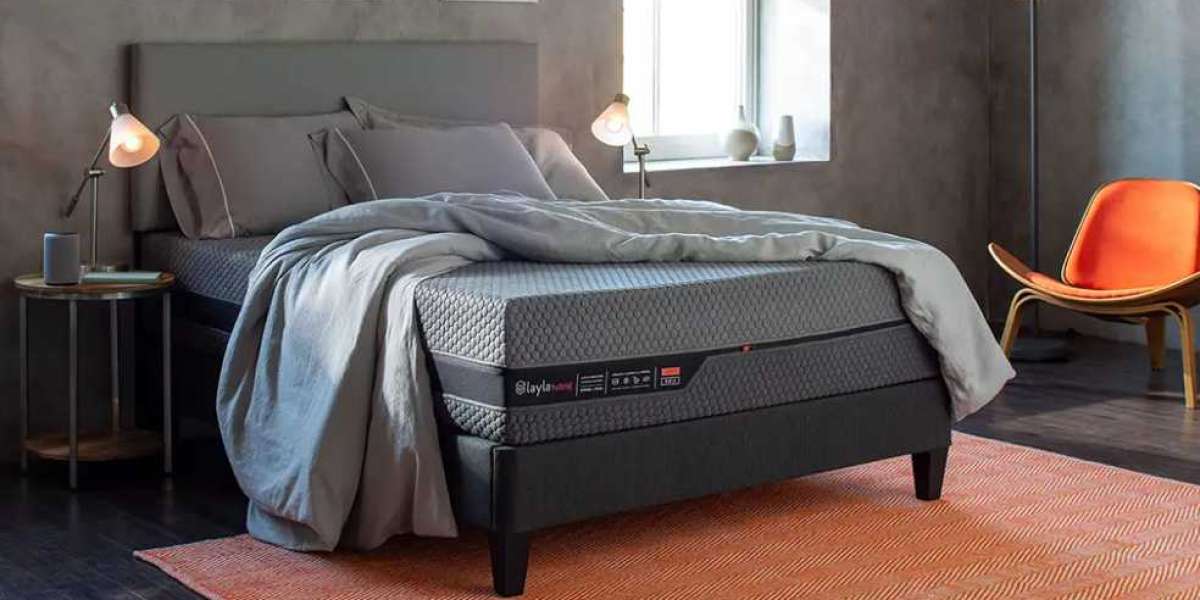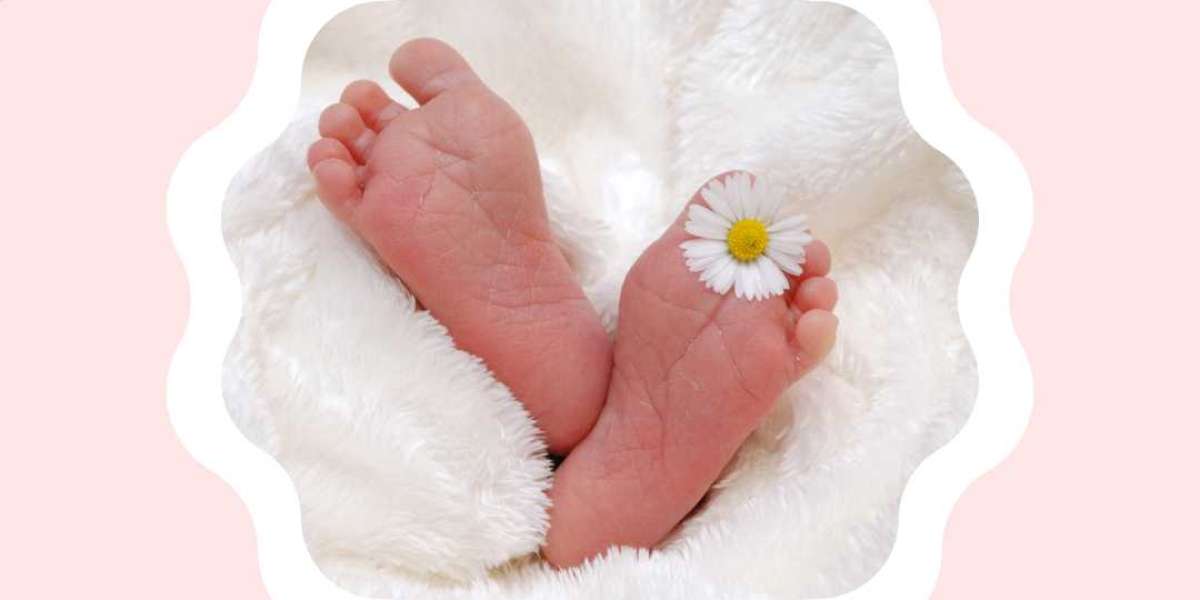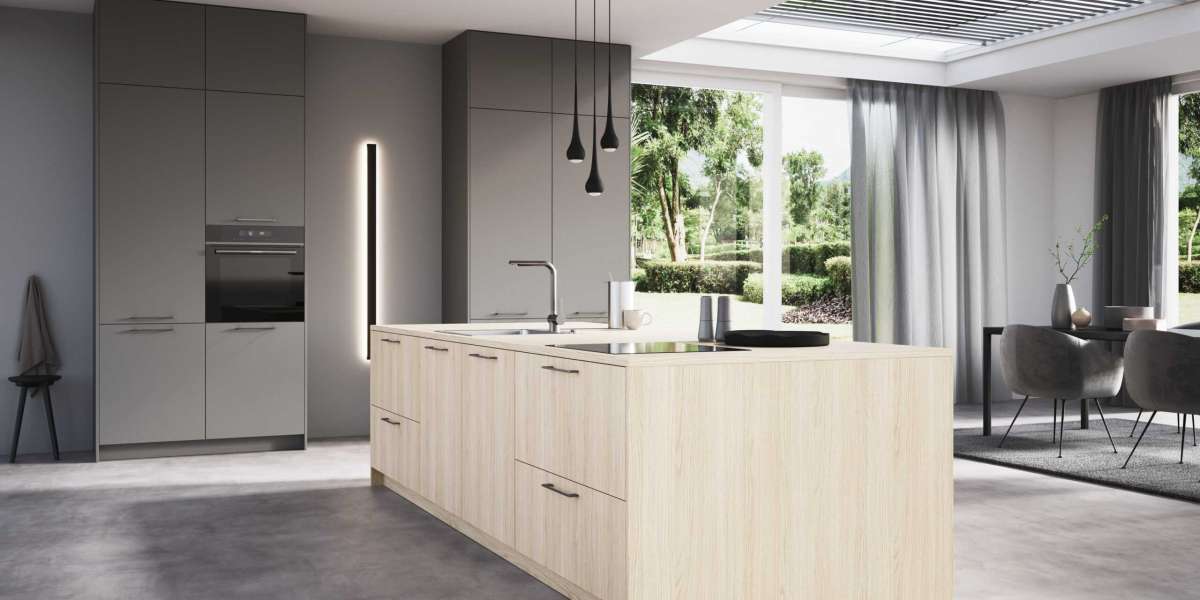Understanding how the layout of your master bedroom impacts your emotions is important. By making your bedroom feel more spacious, you can create a sense of calm and happiness. Simple tricks like arranging furniture strategically and choosing the right lighting can help achieve this. Drawing inspiration from the design principles used in space psychology, you can turn your bedroom into a tranquil sanctuary where you feel comfortable and at peace.
Color
Whether we’re aware of it or not, color has a huge impact on our moods. Bright, warm colors like reds and yellows are energizing while cool colors like blues and greens can make us feel calm and relaxed. This is why it’s important to consider the psychological impacts of color when designing your master bedroom floor plan.
When considering color choices, there's no universal solution. Opting for a color scheme that aligns with your personal taste and emotional state can assist in crafting a calming and rejuvenating atmosphere. In the realm of bedrooms, selecting neutral hues proves ideal for cultivating a tranquil ambiance. Cool shades such as blues and greens encourage relaxation and better sleep, whereas warm tones like reds and oranges inject vitality into the room, stimulating your mind.
Beyond the wall color, various other elements play a role in shaping your space's mood. The colors of your bedding, furniture, and curtains all have the power to impact your emotional state. Furthermore, the layout of your bedroom can significantly influence your mood. A spacious and well-lit area can induce a sense of relaxation, while a confined and dimly lit space might evoke feelings of anxiety or stress.
Texture
Even if we are not consciously aware of it, our moods are influenced by the textures we encounter in our environment. From the quietness of a bedroom to the hustle and bustle of a lobby, these small details define an essential spatial language and affect us on a very deep level. The latest research shows that subtle elements like color and texture can have a tremendous impact on how we feel in a space and how it affects our overall well-being.
Color is one of the most powerful influences on mood and psychology, with each hue eliciting inherent emotional and physiological responses due to evolutionary development. For example, blues recall serene skies and seas, promoting calming feelings. Reds spark our fight-or-flight response, boosting pulse and respiration. And greens evoke renewal and balance, triggering positive associations with nature. Skillful use of color gives architects immense power to shape the overall feeling and tone of a space.
The same applies to textures. Each touch triggers specific emotions and associations. The smooth and soft texture is pleasant and has a calming effect. The rough and uneven texture has a stimulating and refreshing effect. Familiar, recognizable textures evoke childhood memories and connections. New and unexpected textures captivate your brain and capture your attention. It is important to remember that we are all different and individual reactions can vary greatly from person to person. Fortunately, some studies have been conducted that take this into account and use average differences rather than testing each individual.
These findings are important because they highlight the need to develop multisensory design approaches that address our unconscious spatial experiences. When considering the psychological effects of space, remember that people function best (and are happiest) when they are optimally aroused, rather than overly aroused or overexcited. is important.
Light
Light plays a fundamental role in how we perceive and experience architectural spaces. By harnessing principles from space psychology, architects and designers can optimize the use of light to enhance the functionality and effectiveness of buildings across various sectors.
In office spaces, lighting design can have a profound impact on employee productivity, mood, and satisfaction. Natural light exposure has been linked to higher levels of alertness, improved concentration, and increased productivity among workers. Therefore, incorporating ample daylighting and providing access to views of the outdoors can help create a more stimulating and inspiring work environment. Additionally, adjustable lighting systems that allow individuals to personalize their workspace according to their preferences can contribute to a sense of control and comfort, leading to greater job satisfaction and overall job performance.
Beyond its effects on emotional well-being, light also influences our perception of visual elements within a space. The color temperature and intensity of light can alter the mood and ambiance of a room, impacting how people perceive and interact with their surroundings. For designers, understanding the psychological implications of different hues and lighting conditions is essential, particularly when creating exhibition spaces or showcasing artworks. By carefully selecting lighting fixtures, adjusting light levels, and experimenting with color temperatures, designers can evoke specific emotions, highlight architectural features, and enhance the overall aesthetic appeal of exhibition spaces.
In conclusion, light serves as a powerful tool for designers to manipulate and shape the psychological experience of architectural spaces. By leveraging insights from space psychology, architects and designers can create environments that promote healing, stimulate creativity, and improve overall quality of life for occupants across various settings. Whether in healthcare facilities, retail establishments, or office spaces, the thoughtful integration of lighting design principles can have a profound impact on human behavior, mood, and perception, ultimately contributing to the success and functionality of built environments.



